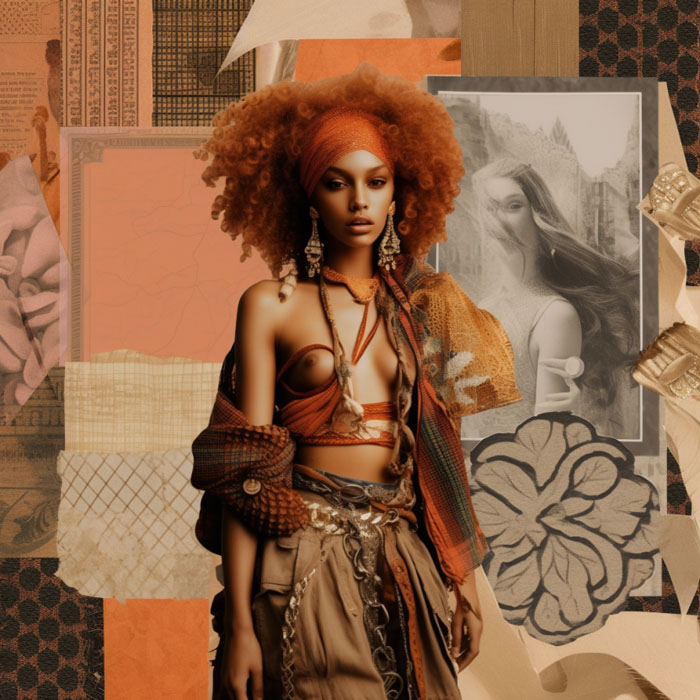Fashion design for AI involves the integration of artificial intelligence and technology into various aspects of the fashion industry, including clothing design, production, marketing, and retail. Here are some ways AI is influencing and transforming fashion design:



1. Fabric and Material Selection:
- AI can assist designers in choosing the right fabrics and materials for their collections based on factors like durability, comfort, and sustainability. Machine learning algorithms can analyze historical data and trends to make informed recommendations.
2. Pattern Design and Generation:
- AI can generate intricate patterns and designs for clothing, including prints, textiles, and embroidery. This technology allows designers to experiment with unique and innovative patterns quickly.
3. Fit and Size Customization:
- AI-driven body scanning and measurement tools can help fashion brands offer personalized sizing recommendations to customers, reducing returns and improving the fit of garments.
4. Virtual Try-On:
- Virtual try-on applications powered by AI use augmented reality (AR) and computer vision to allow customers to see how clothing will look on them before making a purchase. This enhances the online shopping experience and reduces uncertainty about fit and style.
5. Fashion Trend Analysis:
- AI can analyze vast amounts of data from social media, fashion magazines, and e-commerce websites to identify emerging fashion trends and consumer preferences. This information can inform designers’ decisions and help them create on-trend collections.
6. Supply Chain Optimization:
- AI can optimize the fashion supply chain by predicting demand, managing inventory, and improving production efficiency. This reduces waste and ensures that clothing is produced more sustainably.
7. Creative Assistance:
- AI tools can assist designers in generating design concepts, suggesting color palettes, and even creating initial sketches. Designers can use AI as a source of inspiration and to speed up the creative process.
8. Textile Innovation:
- AI can be used in textile research and development to create innovative fabrics with desired properties, such as breathability, elasticity, or sustainability.
9. Retail and Customer Insights:
- AI-driven analytics can provide retailers with insights into customer behavior, preferences, and shopping patterns. This information helps fashion brands tailor their offerings and marketing strategies.
10. Personalized Fashion Recommendations:
- AI-powered recommendation engines can suggest clothing items to customers based on their style preferences, previous purchases, and browsing history, increasing sales and customer satisfaction.
11. Sustainability and Ethical Practices:
- AI can help fashion brands track and verify their supply chain’s sustainability and ethical practices, ensuring that garments are produced responsibly and transparently.
12. 3D Printing and Prototyping:
- AI can optimize 3D printing processes for fashion prototyping and production, allowing for more customization and faster production of clothing items.
13. Fashion Chatbots and Virtual Stylists:
- AI-driven chatbots and virtual stylists can provide fashion advice, answer customer inquiries, and assist with the shopping experience both online and in physical stores.

Fashion design for AI is a dynamic field that continues to evolve as technology advances. Designers, brands, and consumers are increasingly benefiting from the innovative solutions and enhanced experiences that AI brings to the fashion industry.
You can learn more Fashion design Art Prompts Here
Link :>

